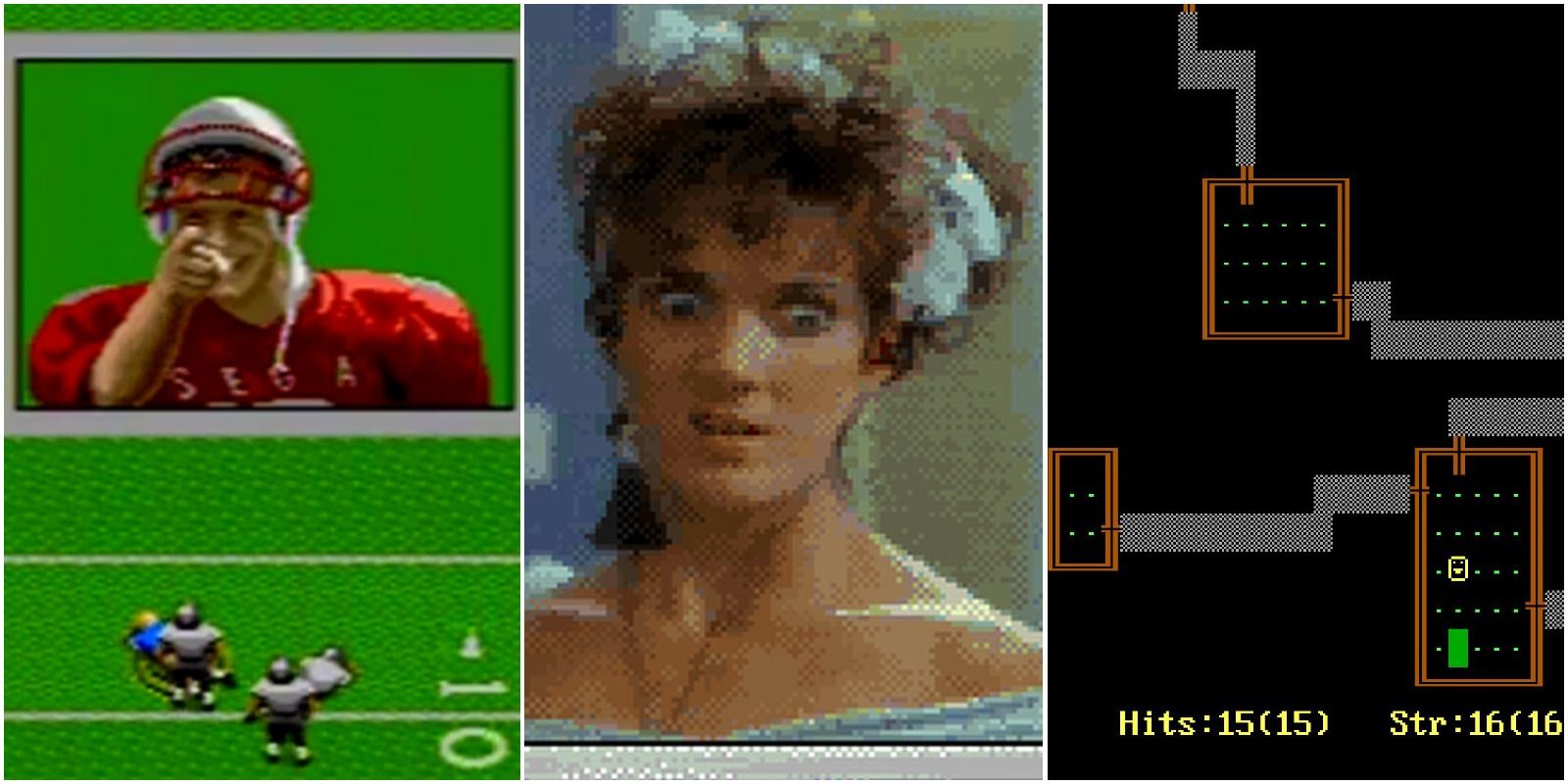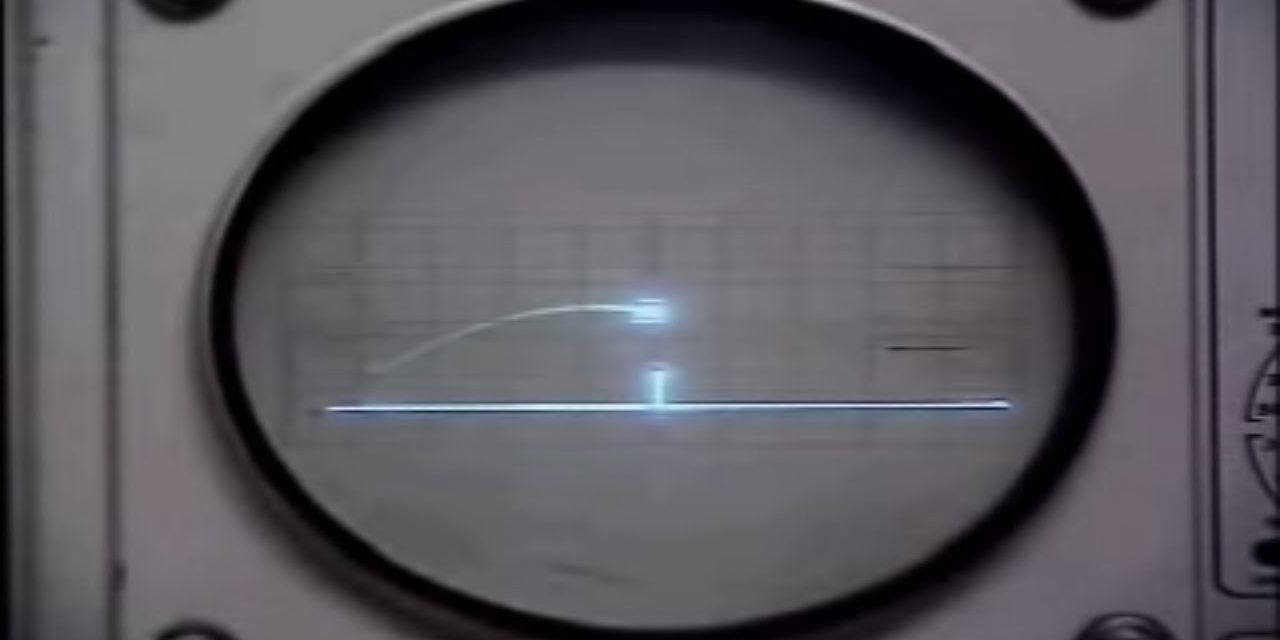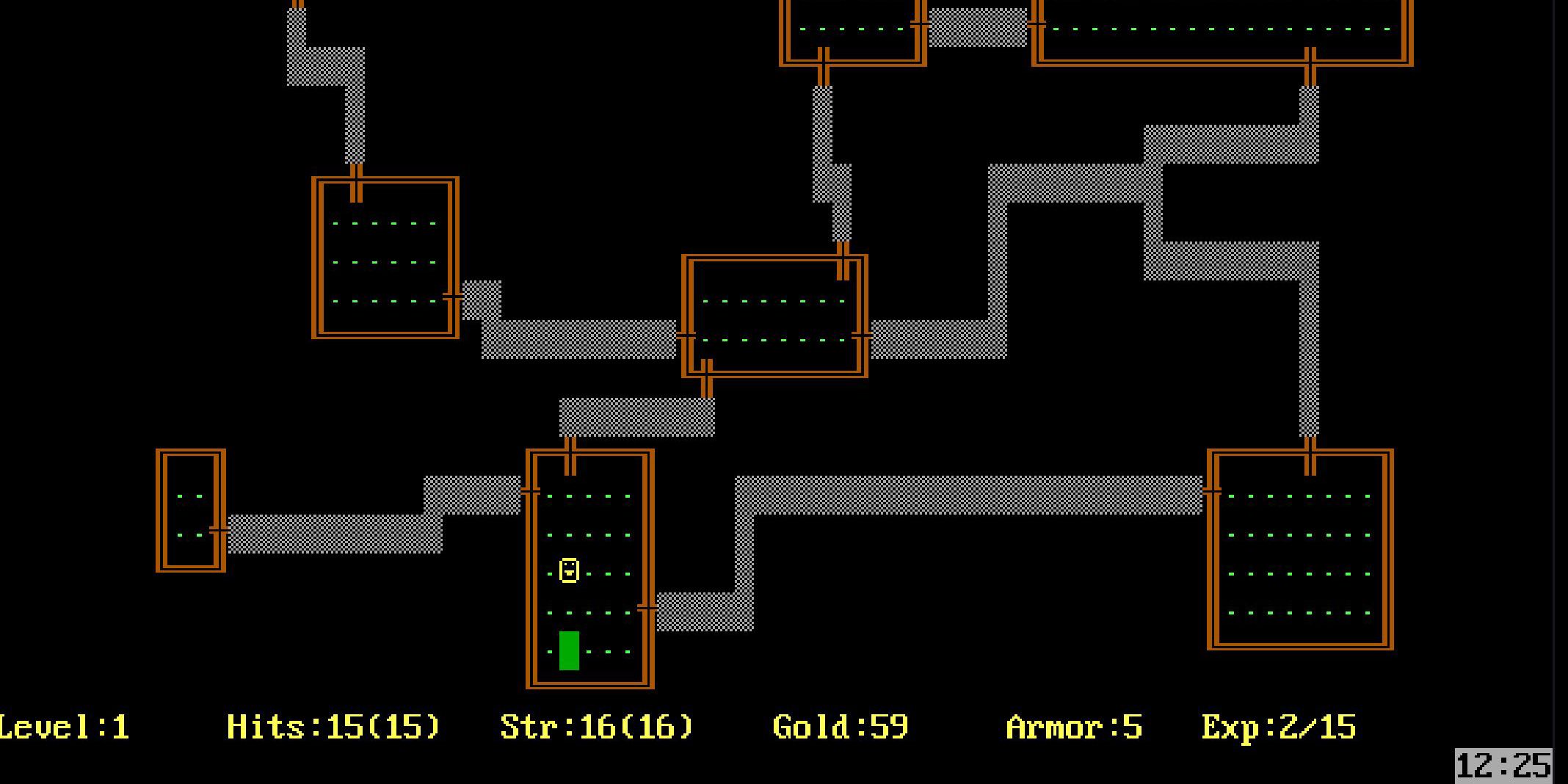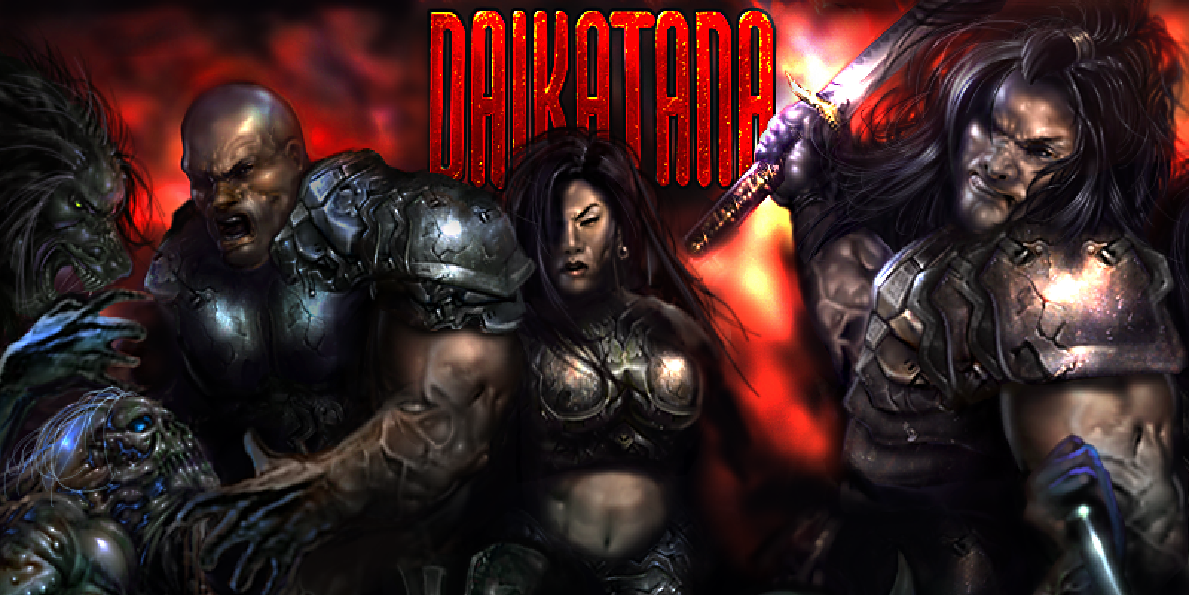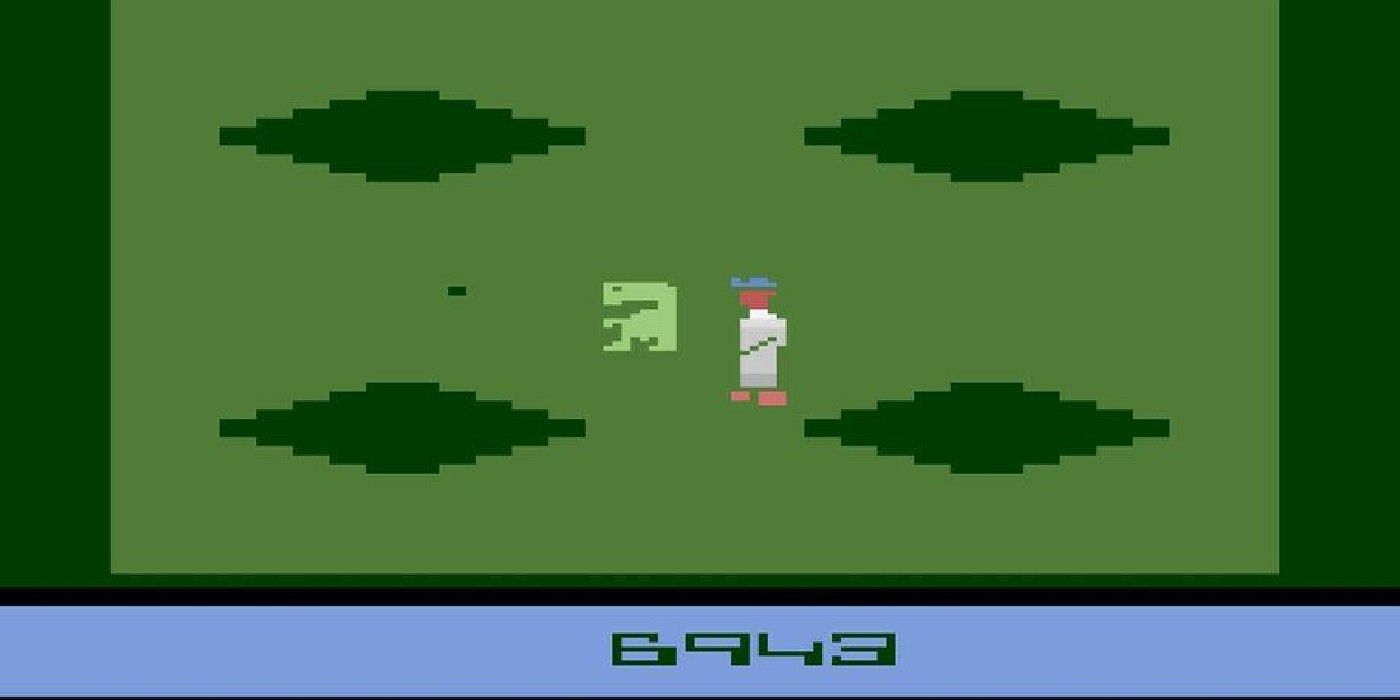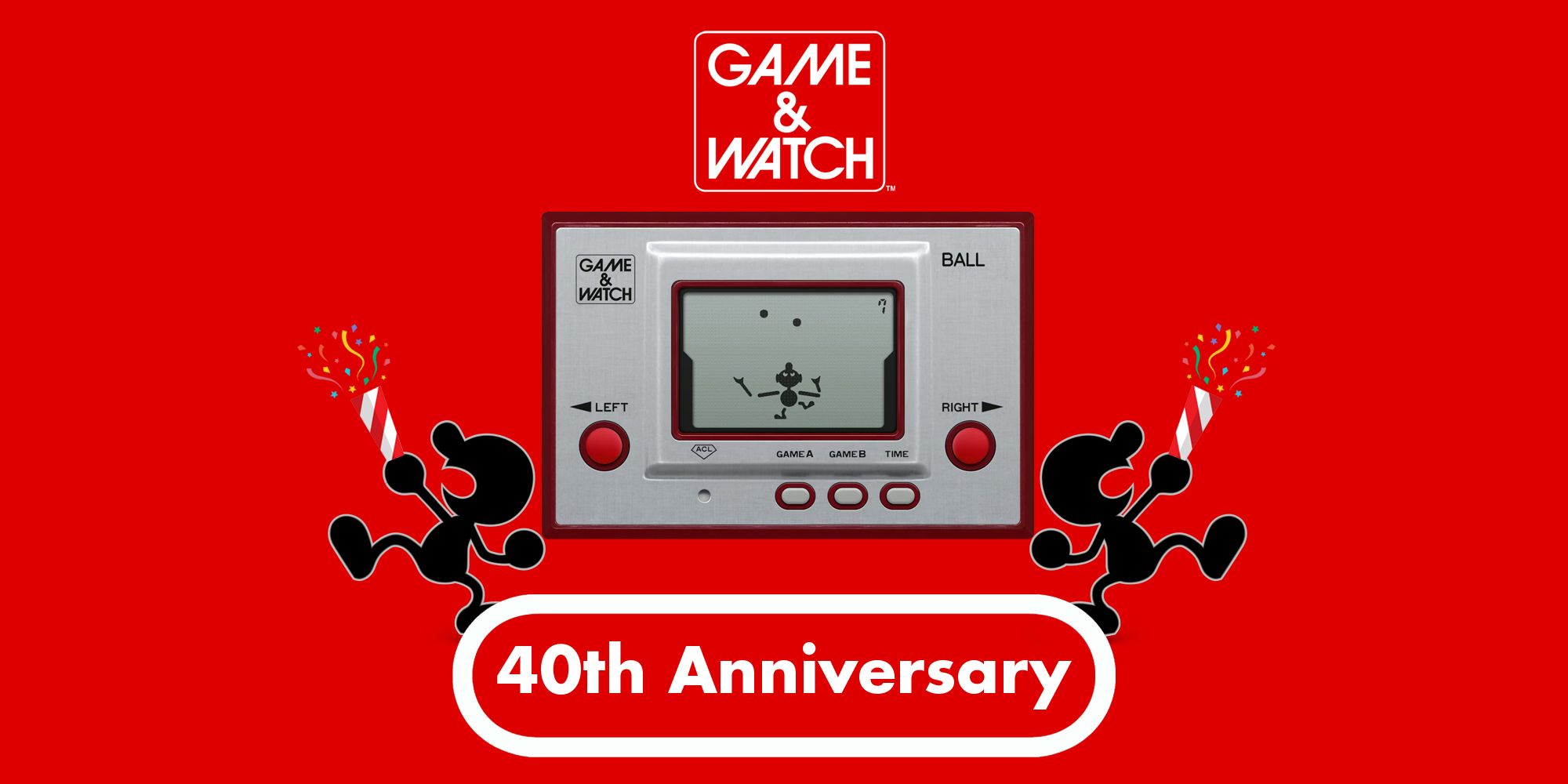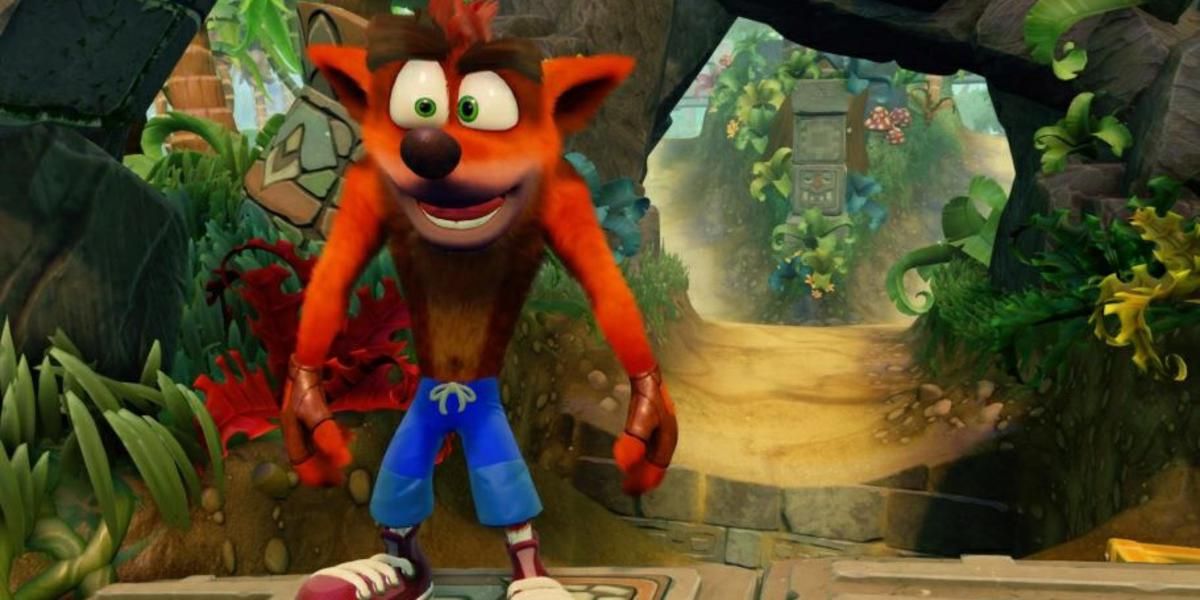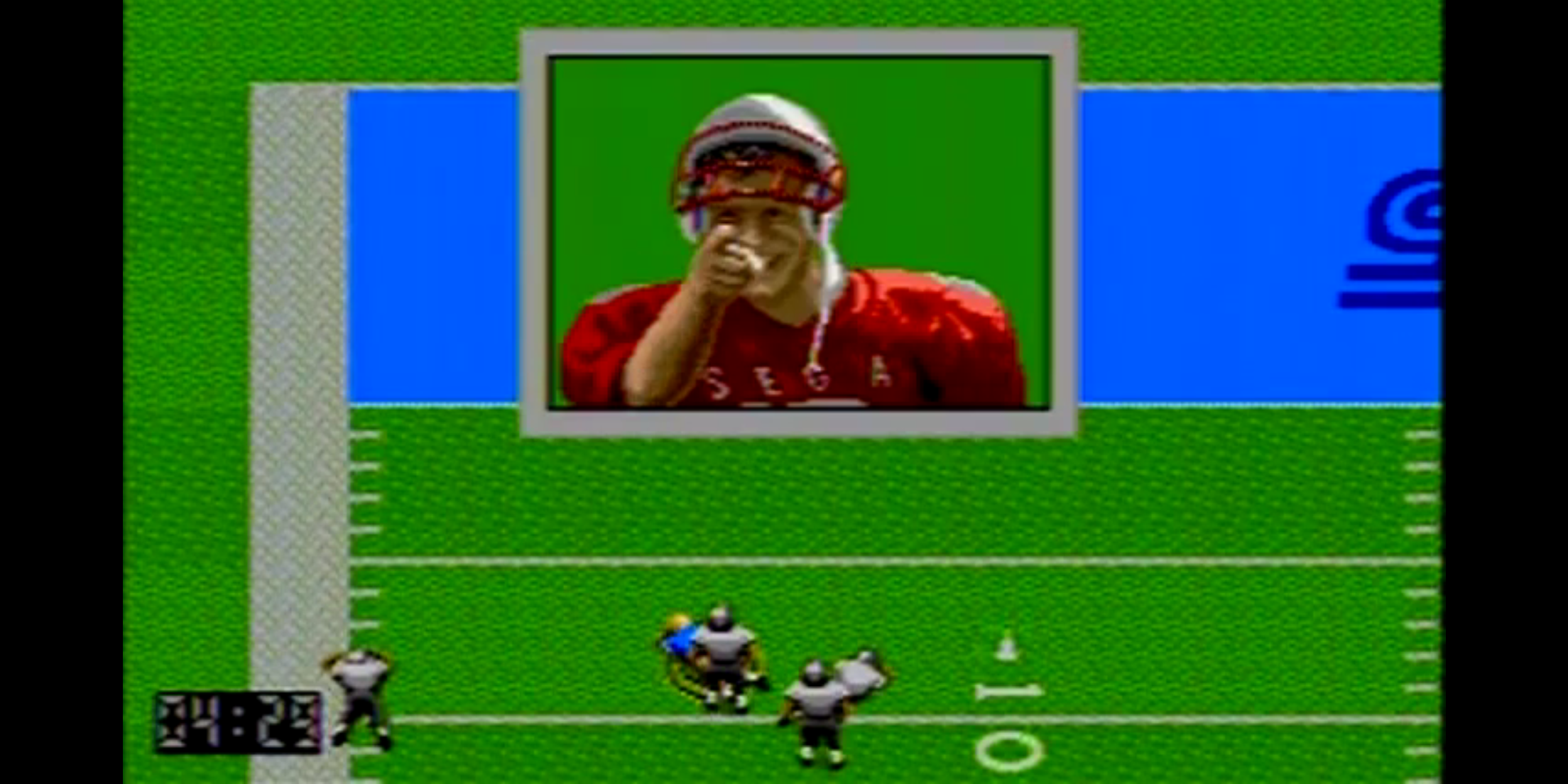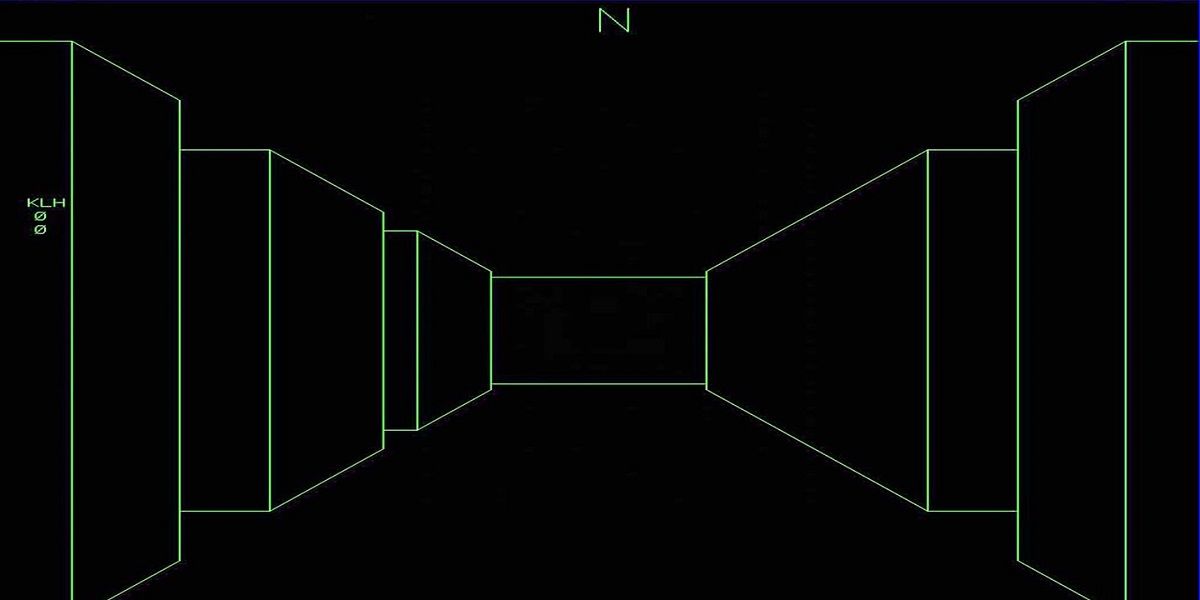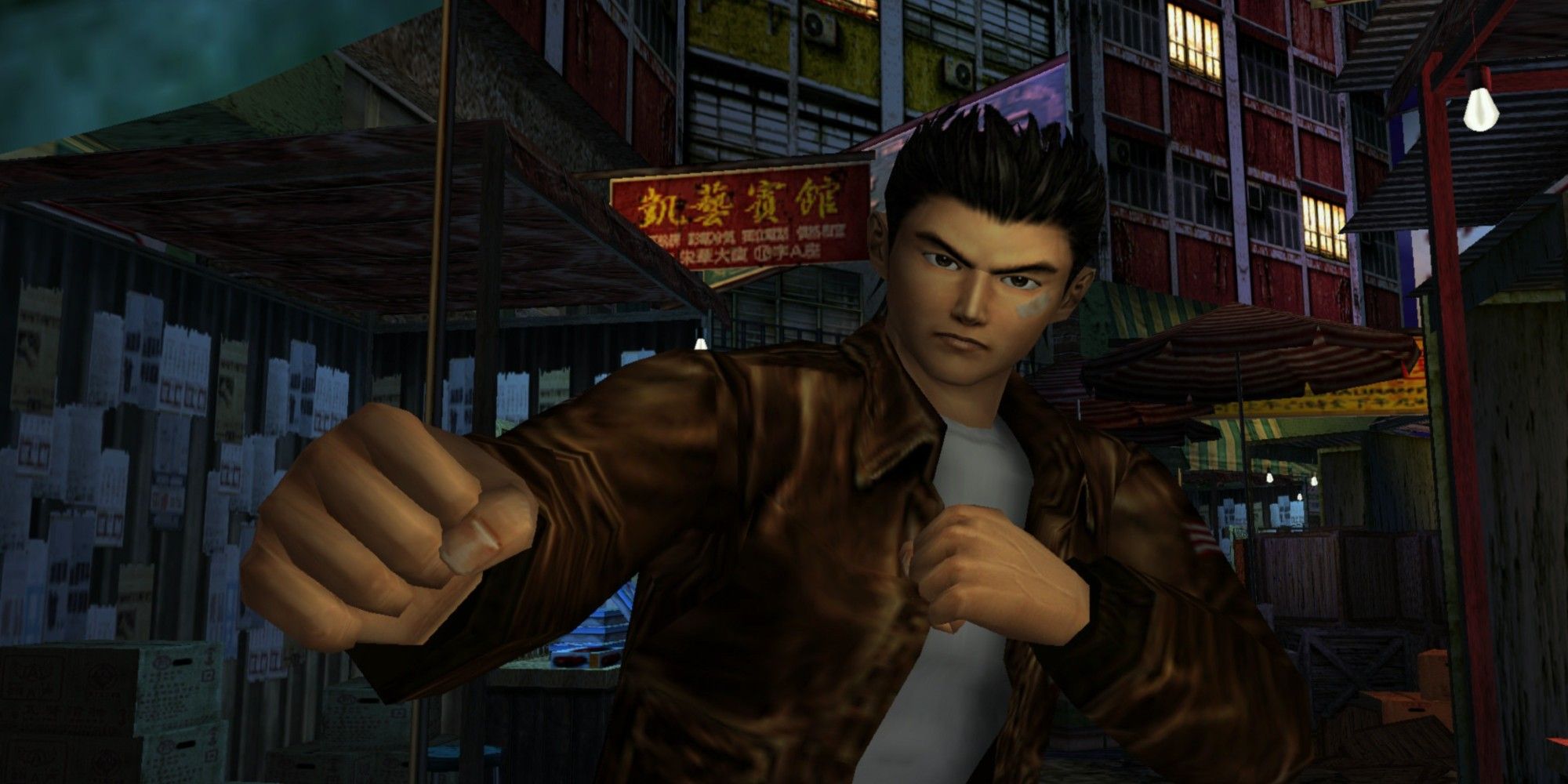Many games become famous for how incredible they are. The Mario franchise was a classic from its first entry because of its polished platforming, while Halo earned acclaim for its innovative aim-assist system that brought accuracy to controllers. But some games are infamous for how disappointing they were. Just recently, Cyberpunk 2077 couldn't live up to hype and the Resident Evil 3 remake disappointed after the spectacular reimagining of 2019's Resident Evil 2.
Few games can be called both historic and unimpressive at the same time. They may not be remembered for how bad they were, and some were impressive at release but couldn't stand up to the test of time. Still, their legacies have defined the industry.
10 One Of The First Ever Video Games Was Forgotten for A long Time
In 1958, an exhibition at the Brookhaven National Laboratory showed off Tennis for Two. While it drew plenty of attention on the show floor, it was largely forgotten after the exhibition. In the late '70s, the game garnered attention again, as it was believed to be one of the earliest games created for fun.
Showing a tennis court from a side view, players were able to lob a tennis ball back and forth using aluminum controllers. Since this was the 1950s, the game is primitive in design and interactivity, but still remarkable for what it achieved.
9 A Popular Genre Was Born From A Frustrating Game
Rogue-likes and rogue-lites are becoming increasingly popular; Hades received widespread acclaim after its full release out of early access in 2020. These sub-genres were born from the game Rogue, released in 1980. This game bore all the hallmarks of its successors with procedurally generated dungeons, permadeath, and items that needed to be learned as they were found.
Unfortunately, the truly random generation of items, enemies, and dungeon layouts was frustrating to push through, and further iterations of the game were much more polished as the technology gained graphical upgrades and more opportunities for interactivity.
8 The Entertainment Software Association Was Born From A Bad Game
Night Trap gained notoriety for all the wrong reasons. It was considered violent and too mature for general audiences, enough so that US senators brought the game to congressional committees and used it to demand more oversight on video game content. These senators must have never played the game, though, because Night Trap isn't very violent — or all that good.
The player is expected to survey cameras placed throughout multiple rooms of a house. This mechanic becomes frustrating quickly, as scenes play out without any direction or warning and the game requires pure memorization to finally win.
7 The Creator Of Doom Taught Gaming A Lesson About Too Much Hype
John Romero promised that his first game after leaving Id Software would take the gaming world by storm. Marketing hype built around the game created one of the first instances of pure fervent need for a game release. A certain profanity-based approach was in line with '90s marketing for games and has since become somewhat of a joke in the industry, because, on release, Daikatana was bad.
With repetitive gameplay, poor audio, and frustrating maps, the game underwhelmed in almost every aspect. At least the industry learned to never get excited for a game again.
6 The Game That "Crashed" The Industry Wasn't Really At Fault, But It Was Still Bad
The Video Game Industry crash of the 1980s has, for a long time, been attributed to E.T. the Extra-Terrestrial, an Atari game based on the hit Spielberg movie. Development of the game was rushed because Atari wanted the game to be released for the 1982 holiday season. On release, it was deemed a critical failure and millions of copies were left on store shelves.
This misstep sparked a downturn in investor faith in the entire industry. However bad E.T. was, though, its failure was the fault of the studio and the apex of bad industry practices that had been building for years.
5 Nintendo's First Handheld Sold Well, But Its Namesake Wasn't Very Good
One of the first major market successes in handheld gaming was the release of Nintendo's Game & Watch. With minigames built in to the system alongside a clock and, eventually, an alarm, the system was a success that saw many developers try to mimic it with their own devices. But the game that was attached to the first Game & Watch system, simply called Ball, wasn't very engaging.
The objective of the game was to time button-presses to keep two balls in the air. It was as simplistic as its hardware in a way that was neat at the time, but feels gimmicky now.
4 Crash Bandicoot Proved To Be A Great Mascot From A Bad Game
Video games in the '90s marketed themselves with their mascots. Nintendo had Mario, Sega had Sonic, and Sony had the boastful Crash Bandicoot, who originated from his own titular platformer. Making appearances in tons of commercials, the mascot was a success in American markets, able to hold his own against the entrenched reputations of his rivals.
His game itself wasn't very good, though. Hitboxes were inaccurate, and, more importantly, the game didn't account for "coyote time," which gives players a moment to correct if they overstep a ledge.
3 EA Downgraded Their Own Franchise To Make Joe Montana Football
EA and Sega ruled the '90s when they partnered to ship sports games to home consoles, starting with the Sega Genesis. However, their partnership wasn't always a done deal. In a desperate measure to ensure the release of Joe Montana Football after the original developer went under, Sega turned to Electronic Arts, which had already released a few Madden titles by then.
While it was a commercial hit, the game couldn't stand with Madden in terms of critical reception. Still, the game made history by connecting the two companies.
2 One Of The Earliest First-Person Games Also Allowed Network Play
The first-person shooter genre currently dominates the industry. All of these games, and even many RPGs, owe their lineage to Maze War, at least in part. Not only was Maze War one of the earliest in the industry to take this first-person perspective, it also allowed for network play.
Due to its limited development and release in the 1970s, the game is basic in interactions as well as its setting. Being represented by eyeballs and running through green-lined mazes doesn't hold up against the full-scale warfare available in today's first-person shooters.
1 Defining Open World Gameplay Isn't Exciting When The Gameplay Itself Is Dull
Only a few games allow the player to ask around about sailors, and Shenmue was one of the first to do it. Released on the Dreamcast in 1999, the game allowed the player to explore Yokosuka, Japan. The level design grounded the player in the city, letting them immerse themselves through small jobs and community activities.
Unfortunately, these jobs and activities were mundane to a fault. While the game did garner a cult following and paved the way for open world franchises like Yakuza, it was a commercial failure on release.

